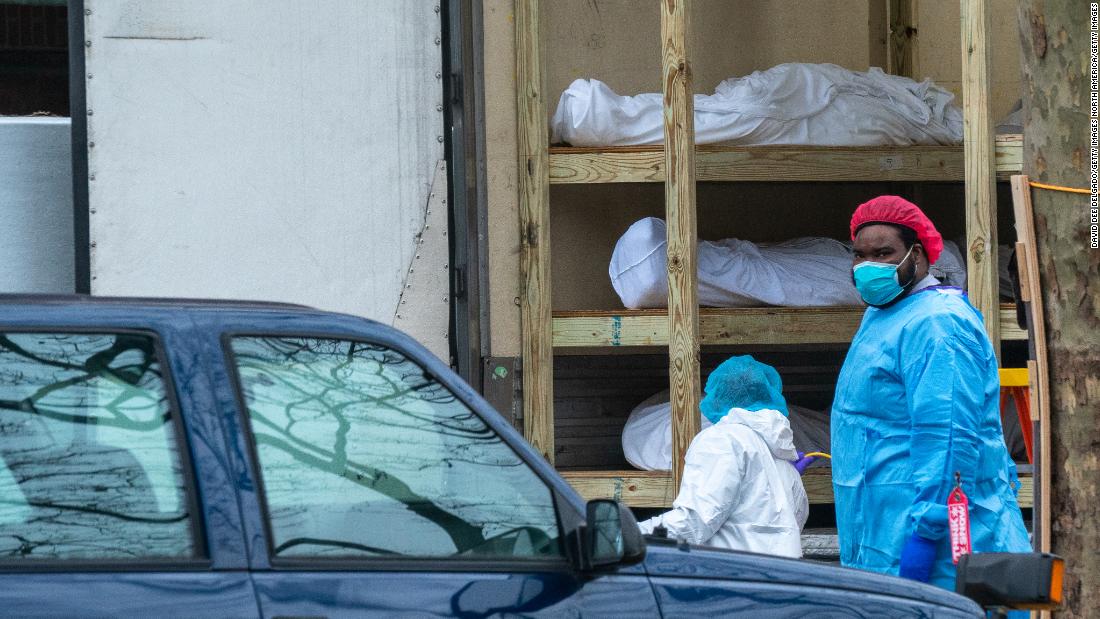[ad_1]
The state’s total of 181,026 cases, as of April 11, is higher than Spain’s (161,852 cases) and Italy’s (152,271), countries with populations many times larger than New York.
Why does New York seem to be having a different epidemic from most other parts of the country?
Is the reason simply population size and density? New York is by far the nation’s most populous city, with more than 8 million people, twice as many as Los Angeles. But New York also has eight or nine times more cases than any other city — so what gives? No other city or county has a fraction of the cases of New York City.
A caution on numbers: Counting cases and mortality rates is difficult because most counting is done by county or borough or parish rather than city, and city of residence may differ from city of diagnosis or death. Even so, New York City is off the charts.
The high number of cases and rates likely do derive in some modest amount to each explanation above — plus the fact that the epidemic has been in New York City a week or two longer than many other places. A more mature epidemic is always a larger epidemic.
More concerning is the elevated mortality rate in New York City. As has been well documented, some of this is due to the tragic overwhelming of the city’s hospitals. We will never know just how many people died due to the country’s inept preparation for the pandemic, but the impact surely was, and still is, substantial.
Still, a mortality rate of about 6% is quite high, even though most countries, particularly in western Europe, have seen mortality rates rise as the pandemic drags on. As patients who have hung on for weeks have begun to die, and the rate of new cases has slowed, this tilts the proportion of fatal cases.
Sadly, the likeliest explanation for the high death rate, though, is the chronically inadequate health care given to minorities and the poor throughout New York City, as in the rest of the country. New York City and New York state have only now released the race distribution of cases and deaths, as well as by zip code, a surrogate for poverty rates. It is clear that severe disease has not been distributed equally by race and ethnicity.
This disparity likely is the result of several factors. Co-morbid conditions, such as hypertension and diabetes, are strongly associated with death from Covid-19 and are more common in black and Hispanic communities. But what causes high rates of poorly controlled hypertension and diabetes? Lack of appropriate health care. People who cannot easily find good health care for reasons of money, time, location, or trust may be more likely to stay at home undiagnosed and spread the virus — as well as experience potentially fatal delays in diagnosis and treatment.
The explanation is the same for New York City as for Italy, New Orleans and probably Iran: the virus exploits weaknesses in health and health care, be it advanced age or co-morbidity or access to care.
Hopefully, the Covid-19 pandemic will force us to reckon honestly with the many shortfalls that have been exposed and build a fair, forward-thinking approach that allows doctors and nurses to care for people in need. Failure to do this will only further darken the memory of those who have died and the hearts of those who remain.
[ad_2]
Source link




